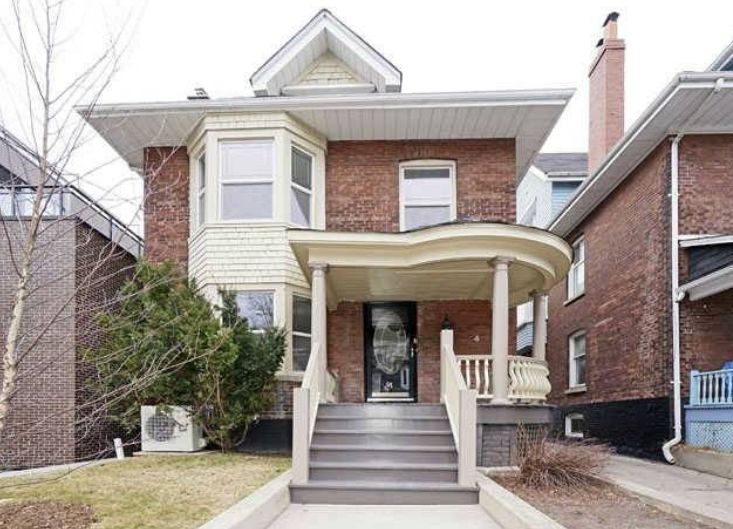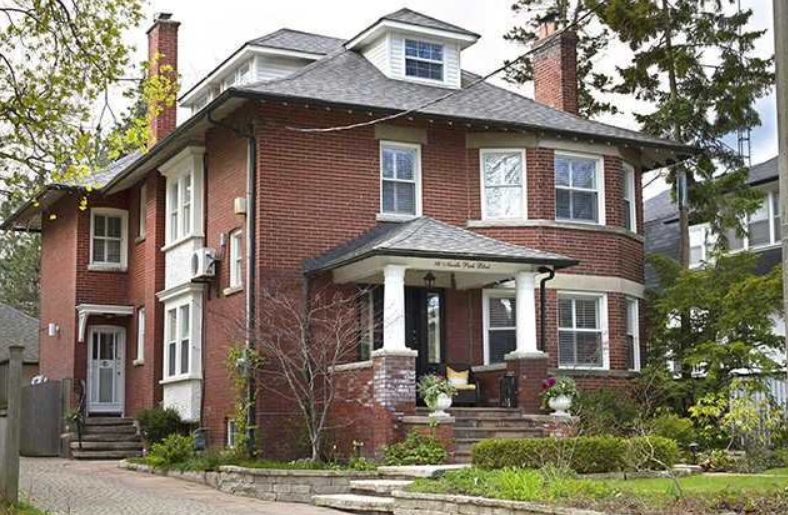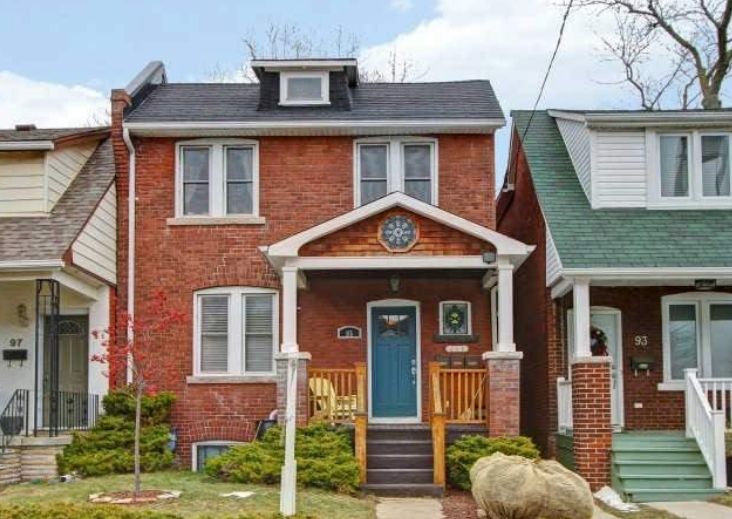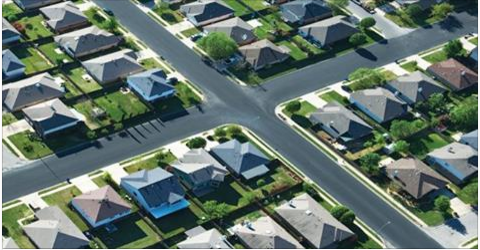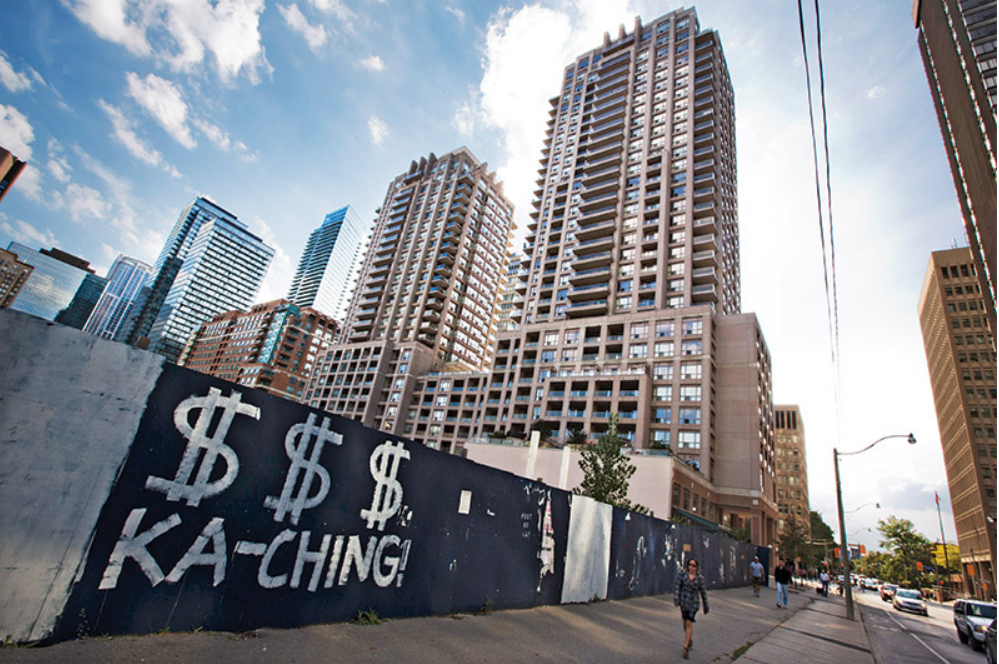In toronto real estate, where would you rather be? In a city full of parks and tree-lined streets? Or in a city of concrete and glass?
You probably don’t need a study to know. But many recent studies are proving what we already know: that green urban landscapes give a psychological boost, making us feel happier and more relaxed. Scientists also documented that urban street trees provide measurable physical benefits.
Research scientist Omid Kardan and his colleagues at the University of Chicago studied the city of Toronto, which keeps health records for thousands of citizens, and a vast database of urban trees.
In toronto health, Kardan’s study found that Toronto citizens who lived in green, leafy urban neighborhoods have lower rates of heart disease, stroke, diabetes, obesity and other health conditions.
These findings were not a surprise to the folks at the New Jersey Tree Foundation, a nonprofit dedicated to planting trees in the Garden State’s cities. Using volunteers and staff, the Tree Foundation plants an average of 1,000 trees a year in cities like Camden, Newark, Jersey City, Vineland, Plainfield, Bayonne and Gloucester City.
“Urban areas are where we need trees the most,” says Jessica Franzini, senior program director for the New Jersey Tree Foundation.
How do urban trees boost health? First, they improve air quality by pulling ozone, particulates, and other pollutants out of the air. They provide shade and cooling in the summer, and slow down street flooding by soaking up storm water.
A tree-lined neighborhood can also entice people to get outside and exercise. “Trees make the area livable and make people want to go outside,” explains Franzini. “Trees bring people together and increase pride in the neighborhood. That can make all the difference.”
If urban trees do so much, what are they worth? A recent study by U.S. Forest Service and University of California at Davis attempted to place a dollar value on urban trees. Researchers found that California’s 9.1 million urban street trees are worth $1 billion in benefits every year. In addition to improving the mental and physical health of the community, the study noted that street trees also boost real estate values.
“Given an average annual per-tree management cost of $19, $5.82 in benefit is returned for every $1 spent,” concluded the study, which was published in the journal Urban Forestry & Urban Greening.
The New Jersey Tree Foundation plants larger trees – in the 10 to 12 foot range – not tiny saplings. This, says Franzini, results in “instant transformations” of urban streetscapes.
The survival rate of trees planted by the Tree Foundation is 95 percent, partly because of the size of the trees and partly because of the commitment made by neighborhood residents. The Tree Foundation requires residents to apply for the trees and pledge to care for them for two years.
Next time you’re on a tree-lined city street, notice the difference trees make and thank groups like the New Jersey Tree Foundation that bring about neighborhood transformations.
For more information about the Tree Foundation, go to www.njtreefoundation.org. To read the Toronto tree study, go to http://www.nature.com/articles/srep11610. To read the California urban tree study, go tohttp://www.sciencedirect.com/science/article/pii/S1618866715301400. And to learn more about preserving New Jersey’s land and natural resources, visit the New Jersey Conservation Foundation website at www.njconservation.org.
Read the full post in Daily Record




